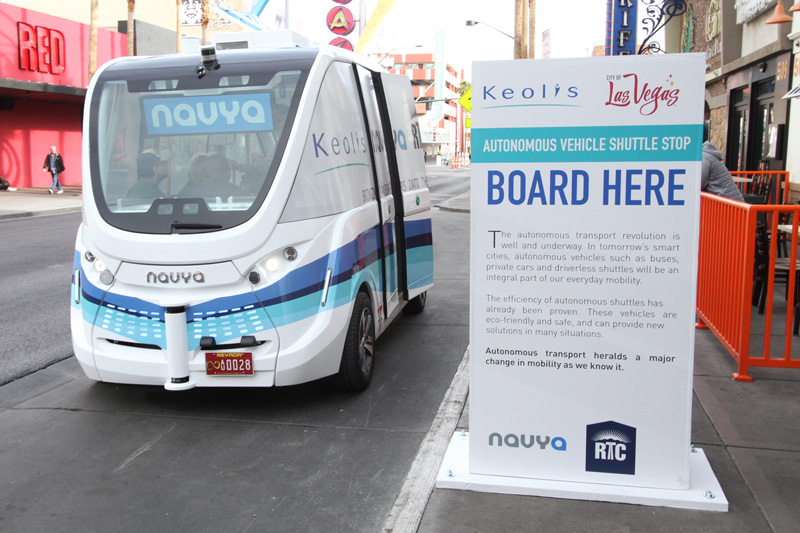Self-Driving Cars, Are They Really Safe?
Recently, Las Vegas began testing an autonomous shuttle around the city’s Innovation District. However, on its first day, the shuttle got into an accident as it was coming off a loop. This accident was caused by a human truck driver. The shuttle anticipated the driver would stop as it came off the loop, but the driver drove forward and clipped the front fender of the shuttle. Though it was a minor accident, it does highlight the difficulty of having autonomous cars driving alongside human drivers. This experience suggests that the world has to adapt to autonomous cars or keep human drivers. This accident, though minor, exemplifies the dangers of having both human drivers and autonomous cars.
Additionally, this incident begs the question: How safe are autonomous vehicles? The ultimate goal is to eliminate accidents caused by human error, which currently constitutes 90% of all accidents. There is currently no real way to test and prove just how safe they are, but there are anecdotal examples of their safety. For example, Google Self Driving cars had never had an accident until early 2016. There are currently consumer cars that have autonomous features, such as automatic braking and parking. A Virginia Tech study recently found that autonomous cars were overall involved in fewer accidents than human drivers, and these accidents tended to be less serious. The 90% of human error caused accident allows for more unnecessary financial burdens and causalities, so anything that can prevent needs to be considered and looked at.









